Ficus Elastica help
Dana (zone 5b)
6 years ago
last modified: 6 years ago
Featured Answer
Sort by:Oldest
Comments (54)
Dana (zone 5b)
6 years agotropicbreezent
6 years agoRelated Discussions
New ficus lyrata & ficus elastica...cold shock?
Comments (5)I missed the 4th picture from the top, which shows the leaf arrangement to be 'opposite' (leaves arranged in pairs on opposite sides of the branch). Ficus leaves are alternate (arranged singly along the stem in alternating locations). So whatever it is, it's not a Ficus. Some good Samaritan who's better at IDs than I, will come along and tell you what it is. Your soil should be something you can water to beyond the saturation point (so you're flushing accumulating salts from the soil) without the need to worry the soil will stay soggy so long it affects root health or function. Your soil choice is probably going to have more impact on how easy/ difficult it will be to keep your new pals healthy. I'm not sure how much effort you want to put into learning about the importance of soil choice and it's impact on plant vitality; if you're interested this link covers it, and probably represents the largest step forward a container gardener can take at any one time. The goal for fertilizing containerized plants can easily be described. Ideally, we would work toward ensuring that all the nutrients plants normally secure from the soil are in the soil solution at all times, in the ratio at which the plant actually uses the nutrients, and at a concentration high enough to ensure no deficiencies yet low enough to ensure the plant isn't impeded in its ability to take up water and the nutrients dissolved in water. This goal is easily achievable using one water soluble synthetic fertilizer. You CAN use organic forms of nutrition, like fish/seaweed emulsions or various types of meal, but that makes it much more difficult to achieve the goal. I use Foliage-Pro 9-3-6 because it has ALL the essential nutrients in the ratio at which plants actually use the nutrients, and it gets most of its N from nitrate sources, which helps to allow plants in low light conditions to remain compact and helps keep them from getting leggy. Al...See MoreFicus elastica help--do i need to repot?
Comments (9)Once you truncate the main stem, it can't extend and it won't grow any more leaves. What it WILL do is grow new branches from the axils (crotches) of some of the existing leaves. The greatest certainty of that happening is from the axils of leaves and possibly from immediately above any leaf (bundle) scars immediately below your pruning cut/pinch. You can train any new branch that occurs to grow vertically so it takes the place of the one you removed (becomes the new leader). If you really want your plant to have a sturdier trunk, you should do more than pinch it. A 1/2" trunk that is 30" long won't bend nearly as much as a 1/2" trunk that's 60" long, so shortening it by half is actually what I'd do. If you don't want to shorten it that much, you should move right into a pinching program so as to avoid any branches becoming too long and exerting a lot of leverage that tends to make the trunk want to lay over. Allow any given branch to grow to 3 or 4 mature leaves, then prune it back to 2 leaves. You can practice pinching at any time of the year, as long as the tree is healthy. Habitually pinching all extending branches back to 2 leaves maximizes ramification (# of leaves and branches) and makes your tree as full as it can be. Also, the rate at which branches and trunks thicken is directly proportional to the amount of leaf (photosynthesizing) surface on the tree, so regular pinching helps (a lot) to keep trunks strong enough to support the foliage. Root congestion limits growth, and particularly extension of the main stem and branches. It also causes the plant to lose it's older leaves. In severe cases of root congestion, the plant might only have 2 or 3 leaves way out at the growing tips of branches, and the plant becomes very reluctant to back-bud. Don't wait to repot until the plant is in severe decline. If the root/soil mass can be lifted from the pot intact, your plant will benefit from repotting. Potting up doesn't relieve the limitations imposed by root congestion, though it can allow the plant to briefly grow a little closer to its genetic potential. Still, potting up is better than confining it to a pot too small. Al...See MoreYOUNG FICUS ELASTICA HELP !!
Comments (8)Hi Ken, I'm glad that you asking: Here I made a web page with pictures and information about my Young Elastica who is about to die. Here is the linkhttp://borgsb.wixsite.com/young-ficus-elastica: http://borgsb.wixsite.com/young-ficus-elastica Everthing is explain in great detail there... Please let me know what you think and if I should reporting it.......See MoreFicus elastica help :(
Comments (3)Need 2 weeks to make the soil dry is too long. It's likely that your apartment environment have made the plant got difficulty on evaporating water from it's leaves. Your room maybe too small for the plant and have less air circulation so humidity surround the plant keep high that make evaporation become difficult. Less evaporation mean less water/nutrients moving upward from root to the leaves, which then make the plant unable to metabolism normally. Changing soil with more porous mix will prevent root rot, but only if it get better environment it will metabolism normally....See MoreMike (zone 6a)
6 years agolast modified: 6 years agoDana (zone 5b)
6 years agolast modified: 6 years agoDave
6 years agolast modified: 6 years agoDana (zone 5b)
6 years agolast modified: 6 years agoDave
6 years agolast modified: 6 years agoMike (zone 6a)
6 years agotapla (mid-Michigan, USDA z5b-6a)
6 years agoDana (zone 5b)
6 years agotapla (mid-Michigan, USDA z5b-6a)
6 years agoDana (zone 5b)
6 years agolitterbuggy (z7b, Utah)
6 years agotropicofcancer (6b SW-PA)
6 years agoDana (zone 5b)
6 years agolitterbuggy (z7b, Utah)
6 years agotropicofcancer (6b SW-PA)
6 years agoEkor Tupai
6 years agotropicofcancer (6b SW-PA)
6 years agoEkor Tupai
6 years agolast modified: 6 years agotropicofcancer (6b SW-PA)
6 years agoEkor Tupai
6 years agotapla (mid-Michigan, USDA z5b-6a)
6 years agoEkor Tupai
6 years agotapla (mid-Michigan, USDA z5b-6a)
6 years agoEkor Tupai
6 years agolitterbuggy (z7b, Utah)
6 years agoEkor Tupai
6 years agolast modified: 6 years agoDave
6 years agoEkor Tupai
6 years agotropicbreezent
6 years agoDave
6 years agotropicbreezent
6 years agoDave
6 years agoEkor Tupai
6 years agolitterbuggy (z7b, Utah)
6 years agoEkor Tupai
6 years agoDave
6 years agolast modified: 6 years agoEkor Tupai
6 years agotapla (mid-Michigan, USDA z5b-6a)
6 years agoEkor Tupai
6 years agolast modified: 6 years agotapla (mid-Michigan, USDA z5b-6a)
6 years agoEkor Tupai
6 years agolast modified: 6 years agoEkor Tupai
6 years agoEkor Tupai
6 years agolast modified: 6 years agotapla (mid-Michigan, USDA z5b-6a)
6 years agoEkor Tupai
6 years agolast modified: 6 years agotapla (mid-Michigan, USDA z5b-6a)
6 years agolast modified: 6 years agoEkor Tupai
6 years ago
Related Stories
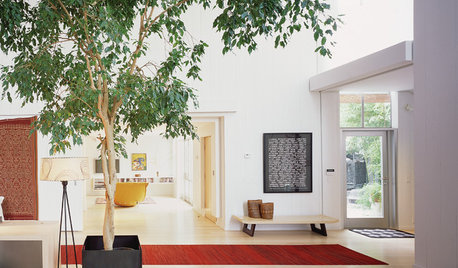
HOUSEPLANTSHow to Grow a Happy Ficus
This houseplant’s reputation for being fussy shouldn’t prevent you from growing and enjoying it for years
Full Story
SELLING YOUR HOUSEThe Real Scents That Will Help Sell Your House
Ditch the potpourri and baked cookies. Follow these guidelines on scents to use and avoid to help sell your home
Full Story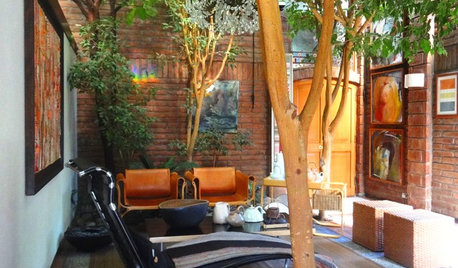
HOUZZ TOURSHouzz Tour: Eclectic Chilean Home Embraces Trees
Ficus trees star in the interior courtyard of this Santiago house, which celebrates its design history, quirks and mix of styles
Full Story
CONTAINER GARDENSContainer Garden Basics: How and When to Water Potted Plants
Confused about soil moisture, the best time to water and what watering device to use? This guide can help
Full Story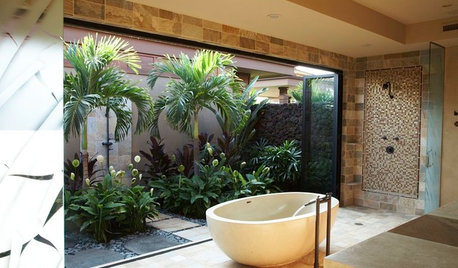
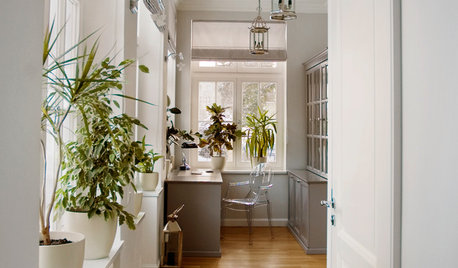
HOUSEPLANTSHow to Create an Indoor Landscape
Apply principles and elements of design to help your indoor garden flourish
Full Story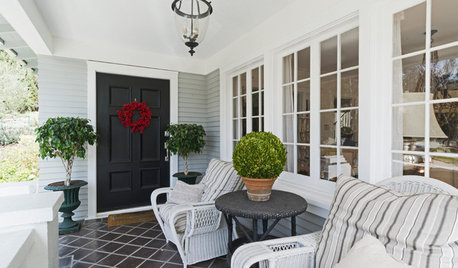
HOUZZ TOURSMy Houzz: From Belgium With Love
European antiques and crisp linens help these Belgian designers feel at home in their Craftsman house in L.A.
Full Story
HOUSEPLANTSPlay Up Some Fiddleleaf Figs for a Lively Indoor Tune
Strike a dramatic chord in a minimalist scene or a country note in a rustic setting — fiddleleaf fig plants harmonize with any style
Full Story
DECORATING GUIDESDitch the Rules but Keep Some Tools
Be fearless, but follow some basic decorating strategies to achieve the best results
Full Story
HOUSEPLANTS10 Top Plants to Grow Indoors
Brighten a room and clean the air with a houseplant that cascades artfully, stretches toward the ceiling or looks great on a wall
Full Story


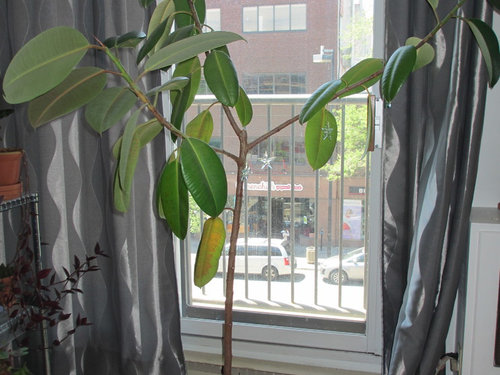
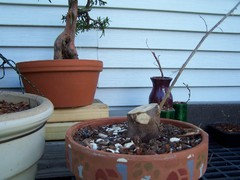
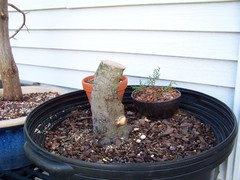
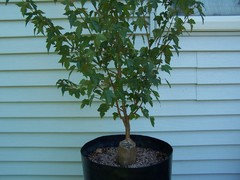
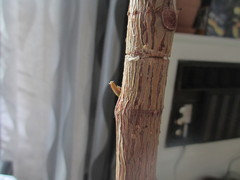
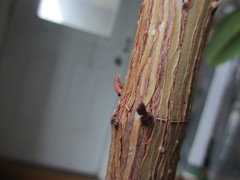
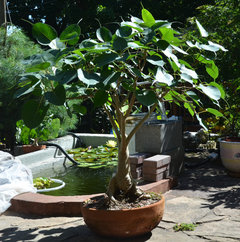



tropicofcancer (6b SW-PA)